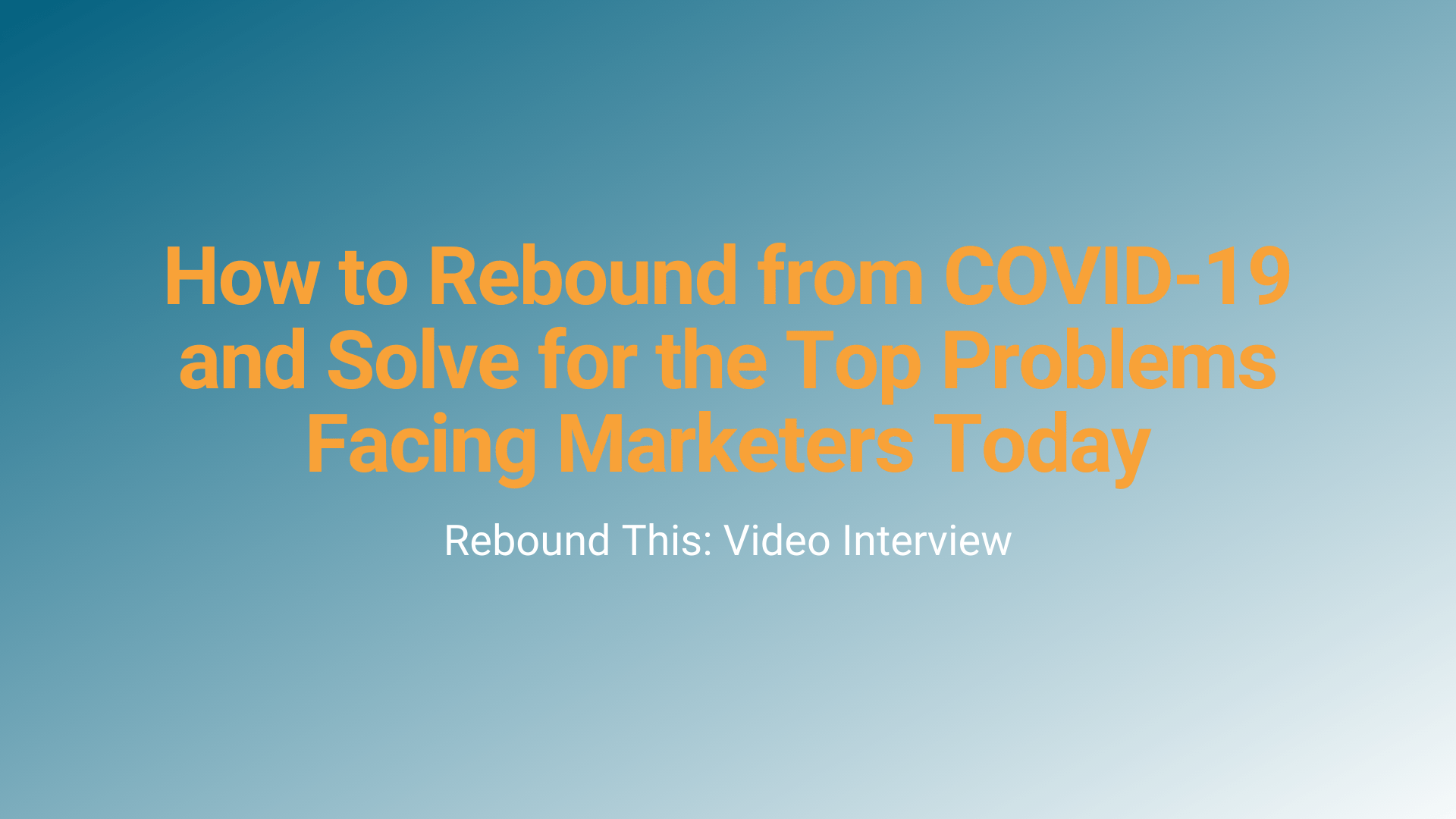The power of storytelling in your online copy
During funerals, calling hours and times when families were making arrangements for a loved one, we needed to be quiet – and that included not flushing the toilet in a 19th-century structure with louder plumbing. The funeral home needed to look nice, too, which meant that the grass was well tended and not stepped on – although I did have a sandbox in the corner of the funeral home parking lot, to be used when the lot was empty, and it was a really cool place to ride a bike.
But back to being quiet: because we needed to be quieter than the average family, reading was high on the family agenda. I learned to love to read, which translated – for me – into a love of writing something that others would read.
Storytelling. When we share stories of our lives, we connect to other people. And, from a copywriting / content marketing / social media perspective, that means that storytelling skills are helpful to develop, because people like to connect with and eventually do business with other people.
History of storytelling
Storytelling is far older than the written word. Surely families, clans and tribes sat around campfires and shared stories of their day soon after the rudiments of language were formed. Maybe storytelling started when people could only use hand signals to “talk.” Who knows? Nearly 41,000 years ago, people painted the stories of their lives in caves. Five thousand years ago, they began writing down what mattered to them.
I have no plans to share in-depth research on the history of storytelling; my point is that the urge to tell stories – and to hear them – is perhaps as old as manhood/womanhood itself. It’s that compelling.
Blog storytelling
Blogs are ideal places for storytelling. The informal yet intimate nature of a blog post allows writers to share confidences with readers to strengthen relationships as important points are being made. This is true when you share your own story (such as the funeral home story for me) or that of someone else. It can help if a story is incredible – but the basis of the story doesn’t need to be extraordinary as long as it helps to build a connection. The connection can take the form of:
- I can relate! Something like that once happened to me.
- I can relate! I’d like for that to happen to me some day.
- I can relate! Someone I know had a similar experience.
- This has never happened to me or to someone I know, but I share your interest in the story.
As an example, here is the story of Bill, a retired science teacher. Bill lost his wife Karen after she suffered an aneurism. And then he had a stroke. And then his 39-year-old son died in especially tragic circumstances. Even the strongest of us could be defeated by these life events and just give up. Then, a video of him began touching the hearts of numerous people on Facebook. You’d think it would be something monumental, right? Nope. Just a simple slice of life moment of joy that the creator recently made into a YouTube video to start to share with a broader audience: the story of a man and his dog. Here’s the appeal: underneath, this is a story of resilience, of not giving up, of finding happiness in everyday life – and who doesn’t want a piece of that?
Storytelling in marketing copy
You might be wondering how storytelling can help you sell. Well, my mother could have used the family story of reading time in the funeral home to promote library services. A short clip of Bill and his dog could be shown in a commercial for a medication used for depression or one that helps people recover more quickly from strokes.
As far as how to structure your content, I’m going to . . . yep, you guessed it, tell you another story. For years, I wrote content for Women as Managers. Topics ranged from how to effectively organize a home office to how to find or become a mentor; and from how to supervise a difficult employee to much more. For Women as Managers, I typically used what I call the Oreo cookie approach in my writing. Let’s take a look at another topic to demonstrate how this technique works.
I needed to write about how to apologize to a co-worker. And, let’s face it. We all should learn how to do this because, at one time or another, everyone gets impatient or absent minded or irritable; at some point, we all miss a deadline, forget a promise or lash out in frustration. It’s simply part of being human.
So, back to the Oreo cookie approach: I began by telling the story of a woman, Melissa, who’d sharply criticized a co-worker, in front of other people, no less – and, as she later found out, unjustly so. Once this part of the story was shared, I listed tips on how to effectively apologize at work. The last tip was that, even if you offer up a heartfelt apology, the other person may choose not to forgive you – and that was out of your control. I ended the article with how Melissa’s story turned out; fortunately, hers had a happier ending as she built a stronger relationship with her unjustly accused co-worker.
This approach works well with testimonials, whether in text or in video. Imagine that you’ve found a compelling story from someone who has used your products or services.
Then:
- Use your storytelling skills to start off with a compelling hook (rather than feeling compelled to start at the chronological beginning of the story)
- Tell the story up to the point of a cliffhanger (for example, a problem getting worse)
- Use the middle section to share how your company is set up to tackle these types of problems
- End with the second part of the testimonial that confirms how your business helped this person
You can also incorporate storytelling in the about us page of your site that shows you as a living breathing human being, such as Ben and Jerry’s has done.
What questions do you have about blog storytelling? About the power of storytelling in your marketing copy? Please leave a question or comment below.







Leave A Comment